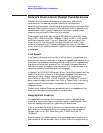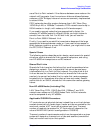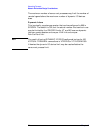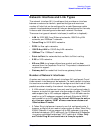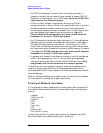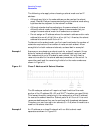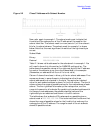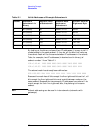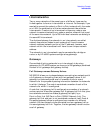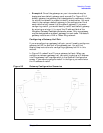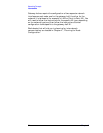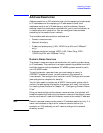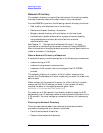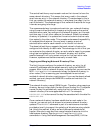
30 Chapter2
Networking Concepts
Subnetworks
By looking at the binary values of two IP addresses, it is easy to tell if
nodes belong to the same subnet. If they do, all the bits that make up
the subnet mask will be the same between IP addresses in the subnet.
Take, for example, two IP addresses (in decimal and in binary) of
subnet number 1 from Table 2-1:
192.6.12.41 1100 0000 0000 0110 0000 1100 0010 1001
192.6.12.55 1100 0000 0000 0110 0000 1100 0011 0111
The subnet mask has already been defined as:
255.255.255 224 1111 1111 1111 1111 1111 1111 1110 0000
Because the mask has all bits except the five rightmost bits set to 1, all
bits except the five rightmost bits must match between nodes on the
same subnet. Because the two example IP addresses from subnet 1 do
match except for their five rightmost bits, they belong to the same
subnet.
NOTE
Subnet addressing can be used in internetworks (networks with
gateways).
Table 2-1 Valid Addresses of Example Subnetwork
Subnet Address of
Subnetwork in
Binary
Decimal Value
of Subnetwork
Possible Node
Address on
Subnetwork
Decimal Value of
Rightmost Byte
1 001 (00000) 32 00001–11110 33–62
2 010 (00000) 64 00001–11110 65–94
3 011 (00000) 96 00001–11110 97–126
4 100 (00000) 128 00001–11110 129–158
5 101 (00000) 160 00001–11110 161–190
6 110 (00000) 192 00001–11110 193–222



